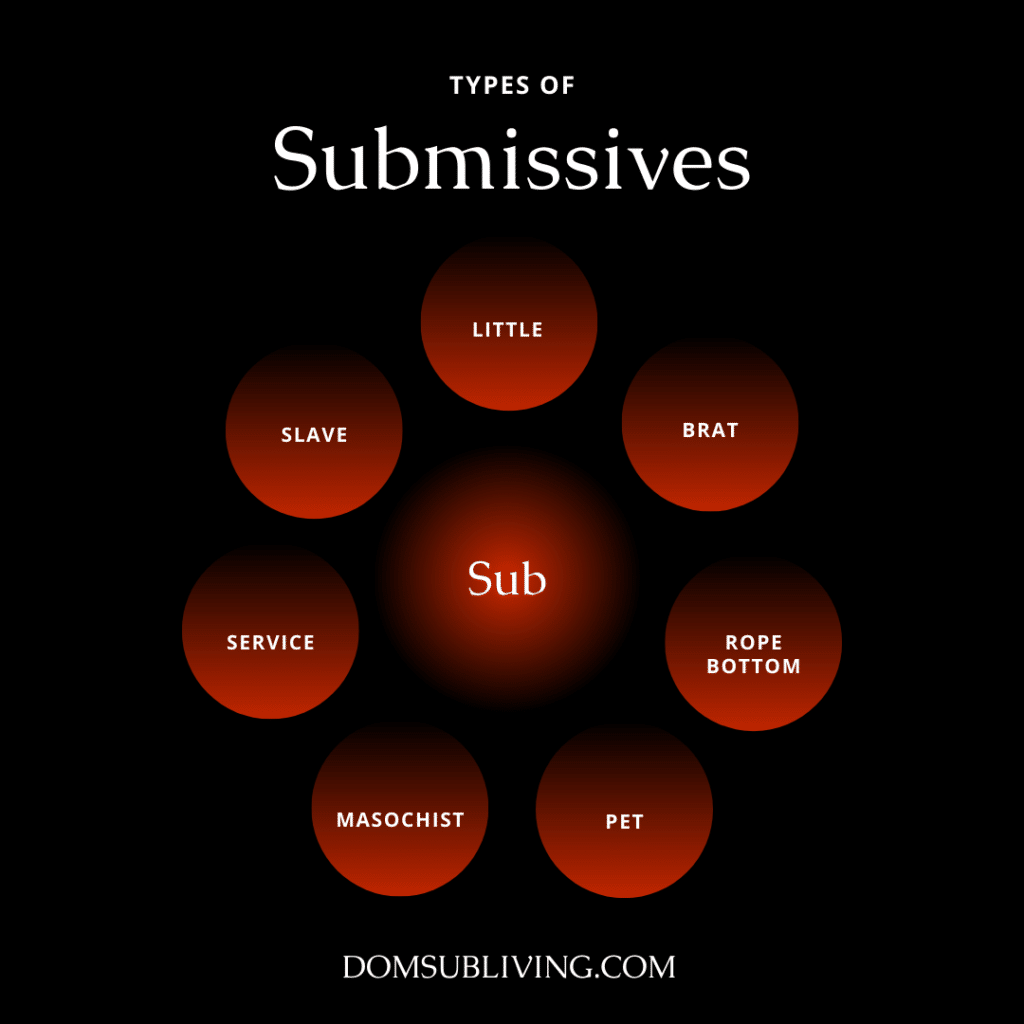
LISTEN TO THE EPISODE:
APPLE PODCASTS | SPOTIFY | IHEART
Training a submissive (or “sub”) is one of the most misunderstood parts of a BDSM relationship. A lot of new Dominants (and even some experienced ones) get caught up in outdated ideas—either using endless punishments or trying to be perfect 24/7. But it doesn’t have to be that way. I’m going to walk you through a practical, trust-building approach for Dom/sub training that truly works in real, everyday life.
Whether you’re brand new to power exchange, living the 24/7 TPE lifestyle, or anywhere in between, you’ll find actionable advice (and hot motivation!) for building deeper obedience, trust, and connection.
IN THIS EPISODE
- Why building trust and emotional connection is the true first step in training your sub.
- The three dominant traits that make a real difference in BDSM training (plus one major mistake to avoid).
- How to use rituals and positive reinforcement, not just punishment, to create lasting obedience.
- Tips for training different types of subs—brats, service subs, littles, and switches—for healthy D/s dynamics.
- Real-life D/s training routines, plus answers to the most common submissive training questions.
Training Your Submissive Is About Building Trust, Not Demanding Obedience
When people think of “training a sub,” most imagine something harsh or controlling. Punishments, strict rules, and a lot of yelling. But that’s a myth! Real training is much softer, more about habits and connection than about fear. (I blame movies like Fifty Shades for this misconception.)
Think of it like the movie How To Train Your Dragon (I have two little boys, so those movies are always on in my house). The character Hiccup doesn’t force Toothless to listen—he reaches out with gentleness and patience. It’s the same with Dom/sub dynamics. Before obedience, you need a foundation of trust, devotion, and presence.
If you want your sub to crave serving you, they have to choose to trust and follow you. That starts with connection-based rituals, not correction-based punishments.
The Best Dom Traits: Presence, Patience, and Clarity
What are the most underrated dominant skills? Most people overlook presence, patience, and giving choices. Your sub has to feel safe choosing you, before they’ll truly surrender. Focus on creating small, daily rituals that reinforce your unique bond. Examples:
- Daily check-ins: Touch base emotionally, not just about rules.
- Acts of service: Small tasks your sub performs for you (making your coffee, preparing your desk, or whatever helps you feel cared for).
- Transition rituals: Something done every time you reconnect (like kneeling, sharing an affirmation, or using your honorific—Sir, Daddy, Mistress, etc.).
When my Dom and I started our 24/7 relationship, we rushed into maintenance spankings. Guess what? It flopped! Why? The emotional groundwork just wasn’t there yet. We had to slow down, rebuild trust, and only then did the ritual start to “click.”
Habit Formation: Train the Brain, Not Just the Body
Obedience isn’t a magic switch. It’s a habit, built one cue at a time. Here’s what works (backed by both science and kink experience):
- Cue: Something that triggers the behavior (like seeing their collar, or hearing their honorific).
- Behavior: The ritual or task you’ve agreed on.
- Reward: Praise! Done right, this gives your sub a rush of feel-good dopamine and encourages them to repeat the action.
If you focus more on correcting or punishing instead of praising, you build fear—not true obedience. For most, positive reinforcement leads to deeper, lasting submission.
Dom tip: Use habit trackers, calendars, or even gamify your rituals (reward tiers, point systems for brats, etc) if your dynamic enjoys structure. Weekly check-in reviews are also a game-changer (we do ours every Sunday).
Avoid These Dom Mistakes: Don’t Train With Punishment and Fear
The biggest mistake I see? Dominants who start with punishments before trust is built. Reactive, unplanned punishments or mixed signals (changing expectations week to week) do more harm than good. Consistency is everything.
You need to negotiate all expectations up front. If you haven’t discussed tone or a rule, don’t punish for it. Otherwise, you risk eroding trust and driving a wedge between you and your sub. Trust and communication make obedience possible.
Pro tip: Use written contracts or agreements. Even a simple list of agreed-upon rituals and rules can prevent confusion and hurt feelings.
Structure Your Training: Make Rituals Stick With the “Story” Approach
If you want rituals and habits to actually last, structure them like a story:
- Act 1: Build curiosity and explain why the rule/ritual matters (“When you kneel, you ground yourself in our dynamic.”)
- Act 2: Prepare for the challenge. There will be slip-ups or resistance—check in, adjust, and praise progress.
- Act 3: The ritual becomes natural. It’s part of your sub’s identity and daily life.
Habit stacking also helps. For example: while making your Dom’s coffee (existing habit), add reciting an affirmation (new ritual).
Train for Your Sub’s Unique Type: Brats, Service Subs, Littles & Switches

Not every sub responds to the same approach!
- Brats: Thrive on challenge and playfulness. Use teasing, reward-based missions (like a 24-hour “no saying no” challenge).
- Service Subs: Need clear structure and love to please. Support, rather than scold, when they slip up.
- Littles: Want nurture and playful, healing rituals.
- Switches: Appreciate flexibility—sometimes leaning sub, other times Dom. Honor both.
Observe your partner and rotate rituals to see what truly excites and motivates them!
How Long Does Dom Sub Training Take?
There’s no magic timeline. Building a new habit takes weeks, sometimes months. Mastery (the real, deep obedience and service) may take years. I’ve been trained by my Dom for over a decade, and we still grow and evolve together.
Training is ongoing—but that’s what makes a Dom/sub dynamic engaging!
What If Your Submissive Forgets or Resists Tasks?
Don’t rush to punish! Forgetfulness often means overwhelm, not rebellion. Talk openly. Resistance can signal it’s time to renegotiate routines, expectations, or the dynamic itself.
If you’re a Dominant who ever feels guilty or controlling, that’s actually a good sign. It shows you care. Communicate openly, and know that confidence will come with practice.
Real-Life Example: Our Weekly D/s Training Flow
Curious what a real-life training week can look like? Here’s what we do:
- Monday: Self-care and journaling rituals.
- Tuesday: Service tasks for him or around the house.
- Wednesday: High protocol kink tasks.
- Thursday: Connection and praise rituals; maintenance spanking.
- Friday: Plan weekend scenes; redeem any reward tasks.
- Weekend: Play scenes, either at home or in a dungeon.
- Sunday: Weekly review and check-in.
Keep your structure flexible and built around real life—not the other way around.
How to Ask For Training Without “Topping From the Bottom”
Want more structure but unsure how to ask your Dom? Express it as a desire (not a demand). Example: “I’d love more structure in our relationship—can we talk about it and maybe build something new together?”
Key Takeaways: Training Is About Bond, Not Control
- Build the bond first
- Reward, don’t reprimand
- Use structure, not shame
- Train for REAL life, not fantasy perfection
Ready to start your training journey? Download your free How to Be a Good Dom Quick Start Guide below. It’s totally free and will help you become the Dom your sub wants to obey.
Links From the Episode:
Want more? Sign up for my newsletter and get BDSM tips on the regular.



